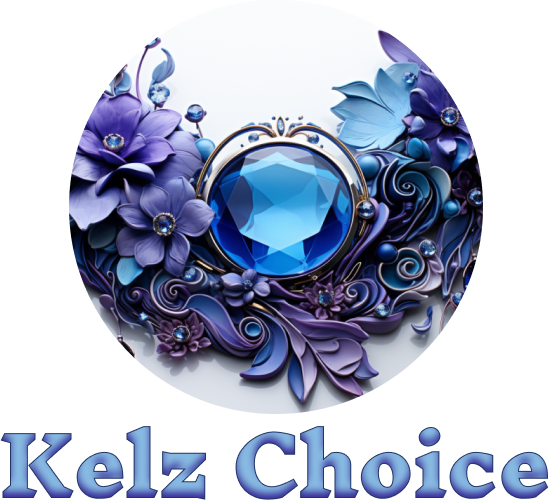The human predilection for art stretches back to the dawn of civilization. Fast forward to the 21st century, and the scope of artistic expression has shifted from cave walls and canvases to the screens of our computers and smartphones. At this intersection of tradition and technology, we find digital art and graphic design, two disciplines that have woven together to redefine the boundaries of creativity and functionality.
Digital Art: The New Frontier
Digital art is akin to a Pandora’s box of limitless possibilities, teeming with color palettes, brush types, and special effects that physical media simply can’t offer. Leveraging platforms like Adobe Photoshop or specialized tablet styluses, digital artists can conjure everything from hyper-realistic landscapes to avant-garde abstractions with a level of precision and speed that was previously unthinkable. Not confined by the constraints of physical space, digital artists are free to make sweeping changes, layer intricate elements, and even dabble in the realms of 3D and augmented reality.
Graphic Design: Function Meets Aesthetics
While digital art often steers towards pure self-expression, graphic design serves as a more structured, objective-oriented sibling. Whether it’s about branding, advertising, or UI/UX design, the graphic designer’s role is to visualize and manifest ideas in a way that engages and informs an audience. Color theory, typography, layout grids, and user psychology are the linchpins here, providing a foundational framework for designs that aren’t just pleasing to the eye but also serve a specific purpose.
The Synergistic Relationship
The unification of digital art and graphic design has cultivated a dynamic ecosystem where artists can toggle between freedom and function without having to switch gears entirely. You might see a digital artist dabbling in logo design, using their knack for aesthetics to create brand identities that resonate with consumers. Conversely, a graphic designer could use digital art software to experiment with more organic, free-form concepts that they can then incorporate into a website layout or marketing campaign.
The Tools of the Trade
This hybrid domain is supported by a rich arsenal of software and hardware tools. Programs like Adobe Illustrator and CorelDRAW are adept at vector graphics, which are scalable and perfect for logo and brand design. On the flip side, software like Procreate or Autodesk Sketchbook caters to raster-based digital painting, lending itself to intricate artwork. Advanced drawing tablets and styluses with pressure sensitivity bring a tactile dimension to this digital realm, bridging the gap between traditional and electronic art forms.
The Future Is Interactive
As virtual reality, augmented reality, and interactive media gain traction, the line between digital art and graphic design is set to blur even further. Artists are already stepping into these uncharted territories, designing immersive experiences that serve both aesthetic and functional roles. Imagine interactive art galleries where you can modify the displayed art in real-time or augmented reality applications that enrich physical spaces with digital information.
Conclusion
Digital art and graphic design are entwined disciplines, continually enriching each other as they evolve. They epitomize the fusion of creativity and technology, offering a broad playground for artists and designers to experiment, innovate, and forge paths that were once considered inconceivable. As technology continues to advance at an exponential rate, this synergy will likely spur new forms of artistic expression and functional design, proving that art and technology are not disparate realms but rather integral facets of the human experience.

